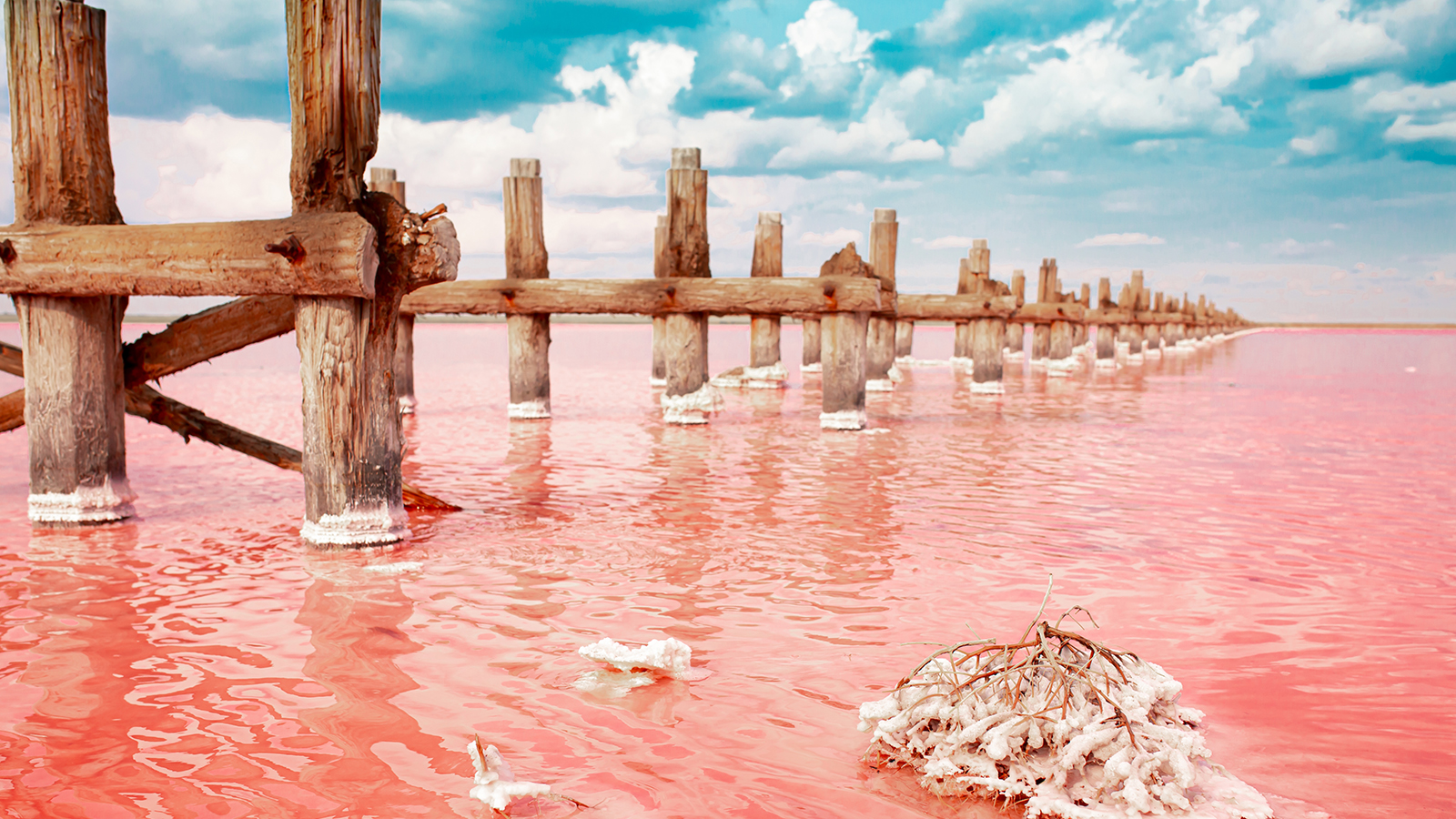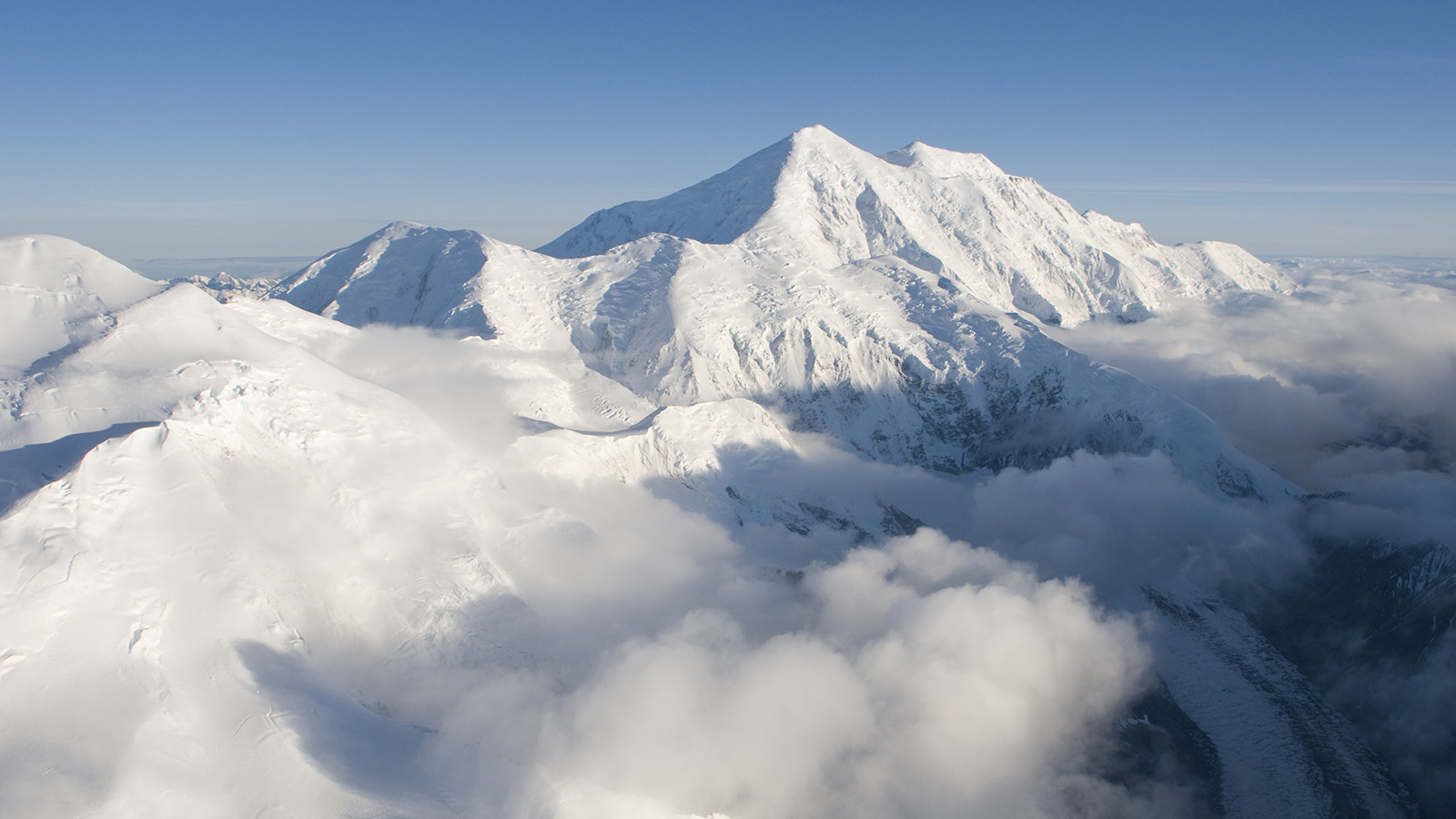Now Reading: Steppe: The Overlooked Biome That Shaped Civilizations
-
01
Steppe: The Overlooked Biome That Shaped Civilizations
Steppe: The Overlooked Biome That Shaped Civilizations

Rapid Summary
- The Eurasian Steppe is one of Earth’s largest and vital biomes,spanning thousands of miles across Eastern Europe,Russia,central Asia,northern China,and Mongolia.
- Geographically characterized by flat grassy plains with low rainfall and extreme seasonal temperatures; bordered by natural features like the Ural Mountains, Altai Range, Tian shan mountains, and bodies of water such as the Caspian sea.
- Diverse flora includes grasses, shrubs, seasonal wildflowers; fauna includes steppe horses, wolves, and various bird species. Conservation challenges include agricultural expansion, urban advancement climate change threats.
- Historically meaningful as home to steppe nomads such as the Mongols who utilized it for trade (Silk Road), warfare and culture spread via horseback travel-key region for linguistic exchange and technological dissemination.
- Modern steppe regions face habitat loss due to agricultural change; densely populated near water sources with ongoing risks from climate change leading to desertification in certain areas.
!image
Caption: A group of Kazakh eagle hunters ride horses along Bayan Olgii River in West Mongolia. (Edwin Tan / Getty Images)
!Image
Caption: steppes are simply stunning. (Elena Liseykina / Getty Images)
Indian Opinion Analysis
india may draw several lessons from studying the Eurasian steppes’ ecological system due to parallels faced within its semi-arid regions like Rajasthan’s Thar Desert or parts of Central India’s grasslands. Much like Eurasia’s steppes facing urbanization-related habitat loss combined alongside erratic monsoonal dependence offering potential sensitive preservation those regional delicately intertwined agriculture comparable .
























